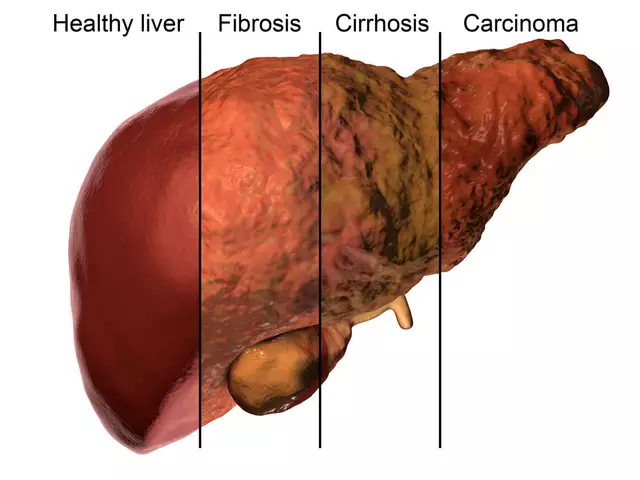Desmopressin (DDAVP) — What it Treats and How to Use It Safely
Desmopressin, often called DDAVP, is a man-made version of a natural hormone that helps your body hold on to water. Doctors prescribe it for several problems: central diabetes insipidus (where the body can’t conserve water), bedwetting in kids and adults, and certain bleeding disorders like mild von Willebrand disease or hemophilia A before procedures. It works fast for many people, but it can cause serious low sodium if not used right.
How people take desmopressin
Desmopressin comes as a nasal spray, a tablet, or an injection. Which one you get depends on your condition. For bedwetting, children often use oral tablets or nasal spray at night. For bleeding disorders, a single injection or nasal dose might be given before surgery or a dental procedure. Your prescriber will tell you the right form and schedule — don’t swap forms or change doses on your own.
One practical tip: when you start desmopressin, follow fluid rules from your doctor. Many patients are told to limit drinks for several hours after a dose. That helps prevent water overload and low sodium. If you forget this step, call your clinic — mixing desmopressin with lots of fluids is the most common risk.
Safety, side effects, and what to watch for
The top safety concern is hyponatremia — dangerously low blood sodium. Signs include headache, nausea, confusion, weakness, seizures, or drowsiness. Older adults and anyone taking medicines that also lower sodium (some antidepressants, certain pain meds, or diuretics) need closer monitoring. Your doctor may check blood sodium before and after starting treatment.
Other common side effects are nasal irritation with the spray, mild headache, and stomach upset. If you have heart failure or severe kidney disease, desmopressin may not be safe because your body can’t handle extra water well. Always tell your provider about other medicines you take and any health issues.
Practical reminders: store the medication as the label says (some nasal bottles need refrigeration before opening), keep a simple schedule so you don’t miss doses, and carry a note or card if you travel that names the drug and why you use it. If a child uses desmopressin for bedwetting, watch for unusual sleepiness or behavior changes and get sodium checked if those show up.
When to call your doctor right away: repeated vomiting, persistent headache, confusion, seizures, sudden swelling, or if you can’t stop peeing. For routine care, ask for a clear plan about fluid limits, when labs will be done, and who to call with questions. Desmopressin can help a lot when used correctly — the key is the right form, sensible fluid rules, and watching for low sodium.
If you want links to detailed guides — dosing notes, pregnancy advice, or how it’s used for bleeding disorders — check the related articles on this site or ask your pharmacist for a plain-language handout. Safe use matters more than anything else.

Desmopressin can make a real difference after severe trauma causes dangerous bleeding and clotting problems. This article explains how desmopressin works, why doctors turn to it in emergencies, and who actually benefits. You’ll get practical tips and the latest findings that matter for patients and healthcare workers. It’s all about saving lives when time is tight and options are few. You’ll even learn little-known facts about how this medicine is changing trauma care.
Chris Gore Apr 24, 2025




